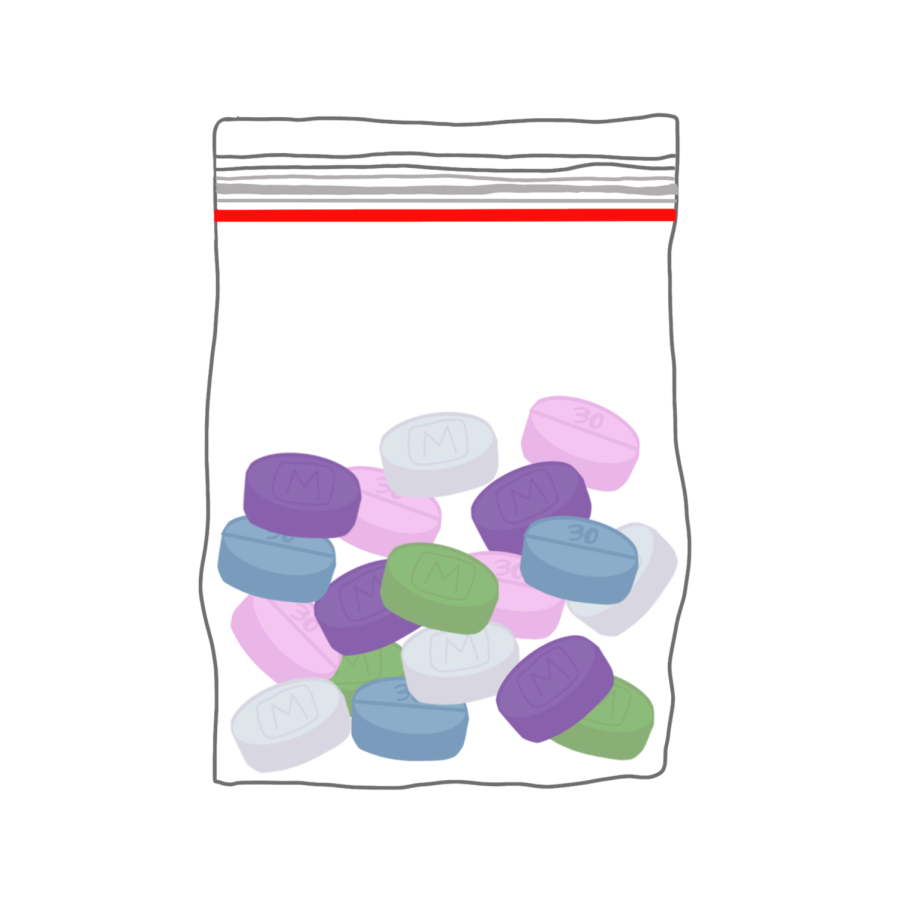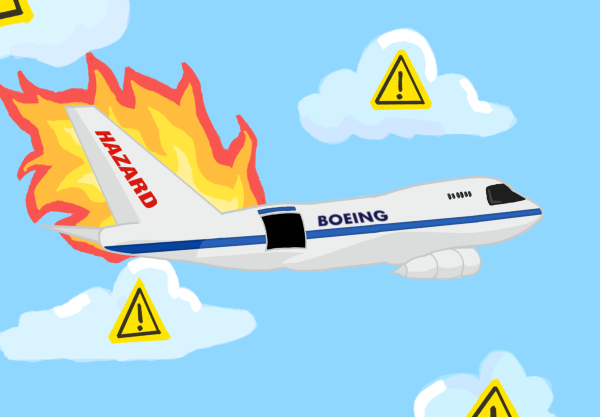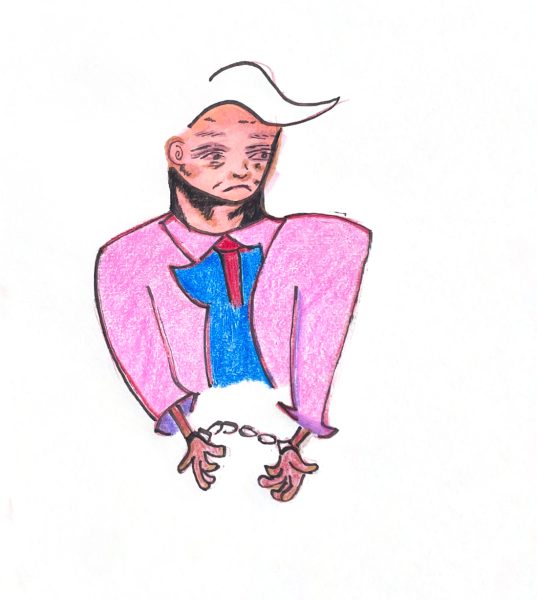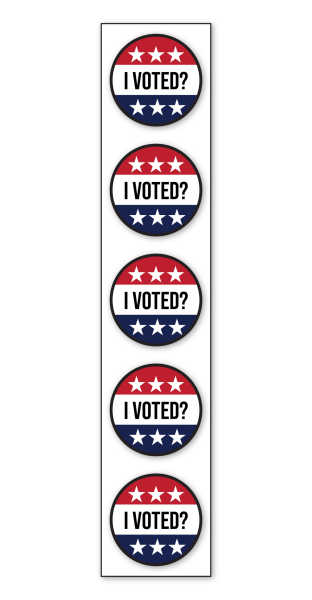Getting clean: Can the United States do it?
October 4, 2022
The advancement of pharmaceuticals is one of the most impactful developments in the history of humanity. According to the Georgetown Health Institute, nearly two-thirds of adults in the United States take some form of prescription drugs. Depending on the injury, one could find themself with a prescription for oxycodone, an opioid and highly effective pain killer. The way opioids are used as painkillers has led so many people down the road of addiction and this has created a demand for something stronger, something like fentanyl.
Fentanyl is a fairly new drug, but it has taken the world by storm. Within the last decade, drug overdoses have been increasing every year and fentanyl is responsible for this. The number of lives lost to this drug is continuing to increase every day, and with new forms of fentanyl being targeted toward children in middle school, it is clear that this problem needs to be addressed before more harm can occur.
Writing this issue off as cartels and drug dealers being evil is equivalent to blaming a waiter for bad food. The waiter might be the one taking all the blame, but there are chefs behind the kitchen doors that are responsible for the bad food. In the case of fentanyl, one of these chefs is the U.S. Government. While blaming one group for this issue is impossible and simply wrong, the role the United States government played in creating the opioid crisis is undeniable. Multiple stories have exposed the CIA’s involvement and support in the opium trade in South Asia during the 80s and 70s, and now Afghanistan is the producer of nearly 90 percent of the world’s illegal opium. This is not the first time the U.S. government has enabled drug production and distribution, fentanyl is just the current drug being facilitated by the CIA. Providing some insight as to where all of these opioids are coming from is important as it explains why so little is being done in the U.S. compared to other countries.
Fentanyl and other opioids are not going anywhere anytime soon, but it is possible to reduce the harm of these substances. Opening clinics for safe use and drug testing is one way that the risk of overdose can be reduced. But these clinics do much more than just give addicts a way to get high safely. They also aim to help the addict towards recovery, with some clinics offering a way to slowly lower dosage over time to reduce the severity of withdrawals. Another way that these clinics can help save lives is through increasing awareness. When people are properly educated on the dangers of opioid addiction they are more likely to help in the case of an overdose, which can be the difference between life and death.
The fact that so many people in the United States are taking drugs both legally and illegally should be an indication that this issue is bigger than the choices of an individual. A change in the way that our society views addiction needs to occur, so that addicts can receive the support they need to get clean. Treating addicts as less than only causes more harm.
Fentanyl will never go away. Moving forward, the opioid crisis needs to be viewed as a societal issue and not one of blaming the victim. The problem will only fester and grow unless change occurs. Raising awareness and changing the way society views this issue is the first step towards fighting the ongoing war on opioids. But more can always be done, and one day our society might be able to accept and support those battling addiction, because lives are being destroyed and it is becoming everyone’s problem.













